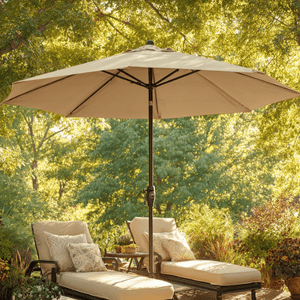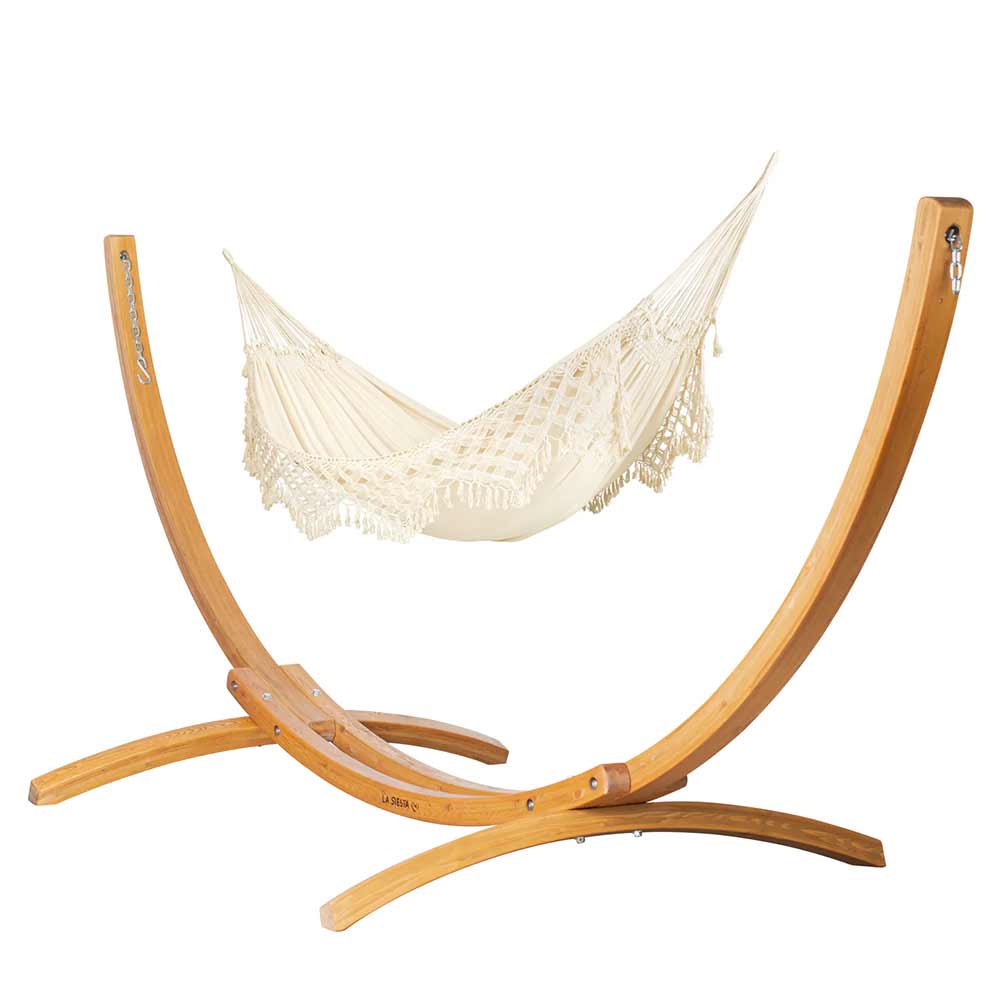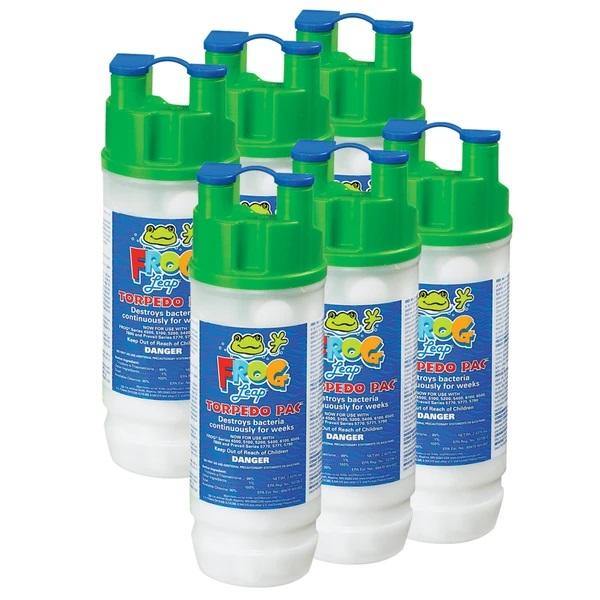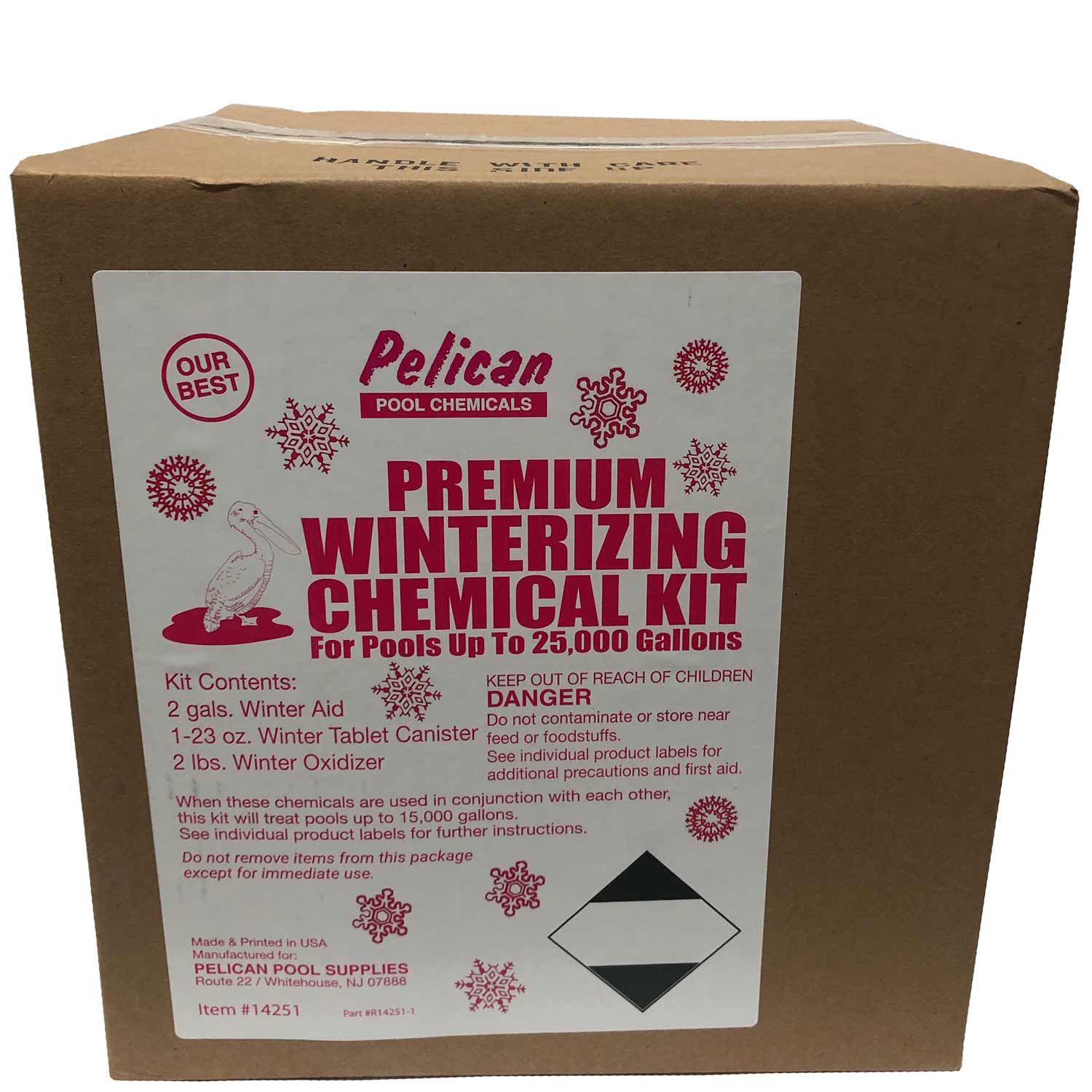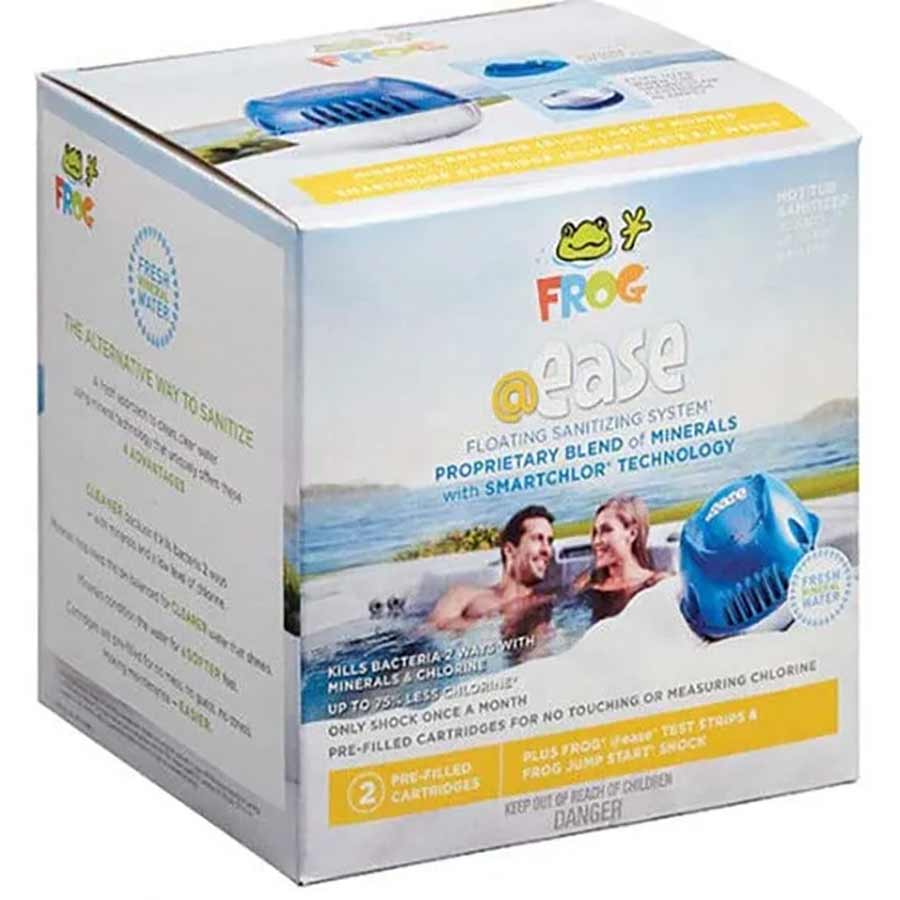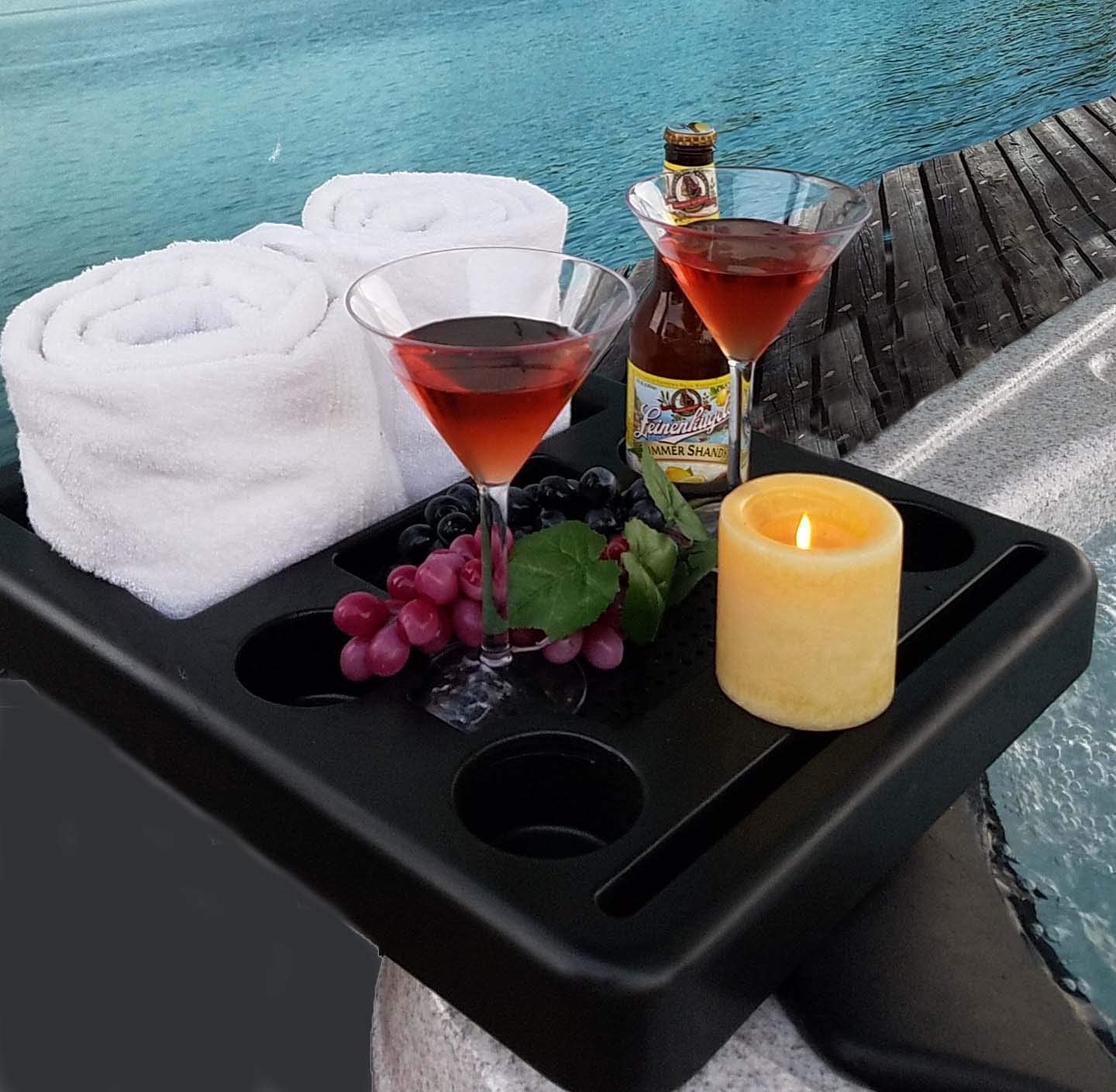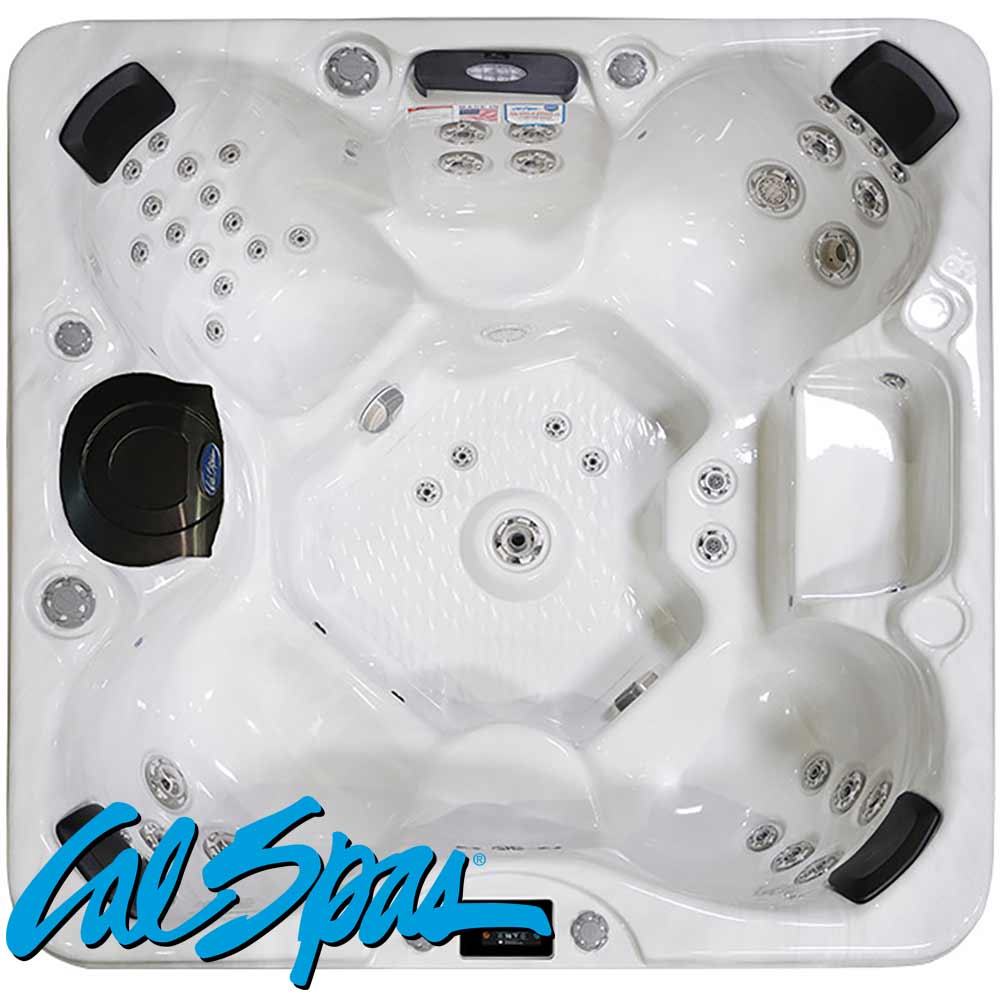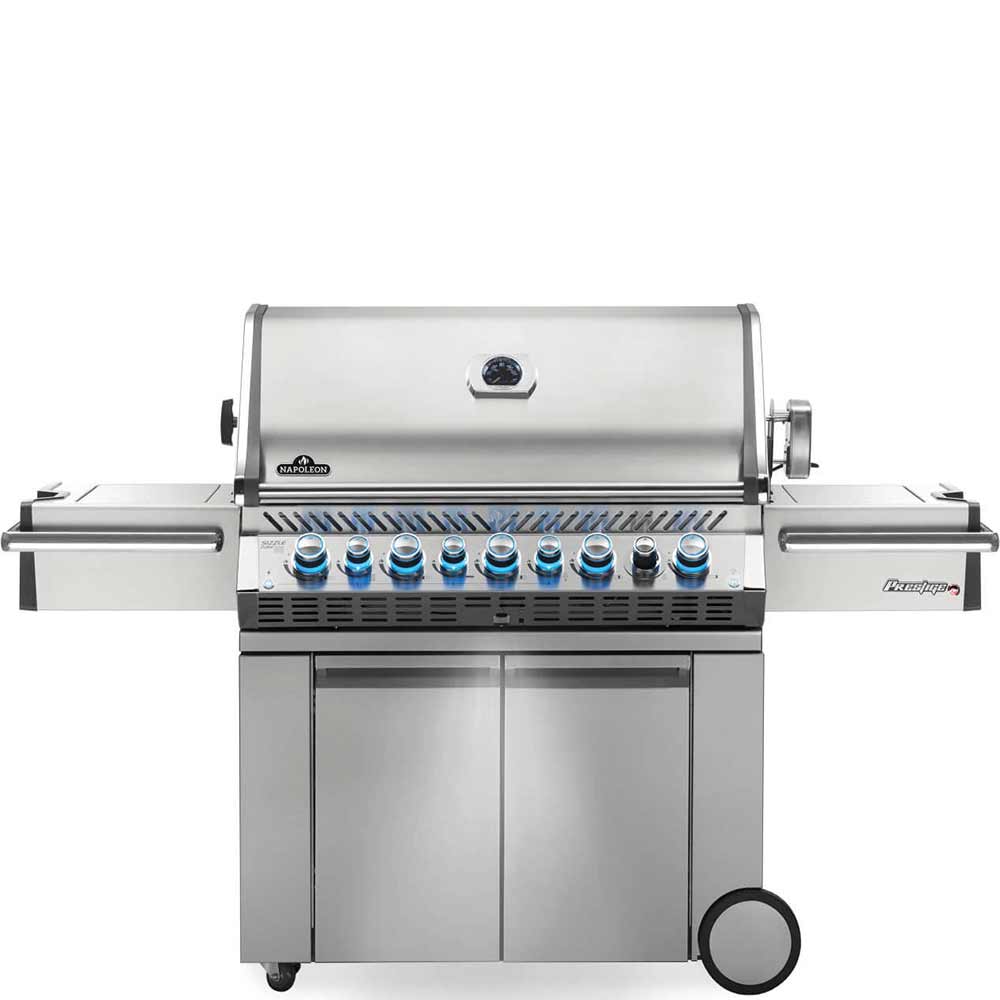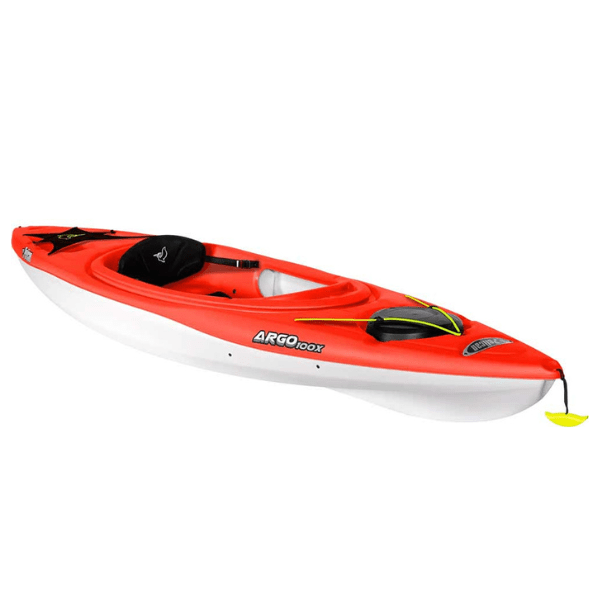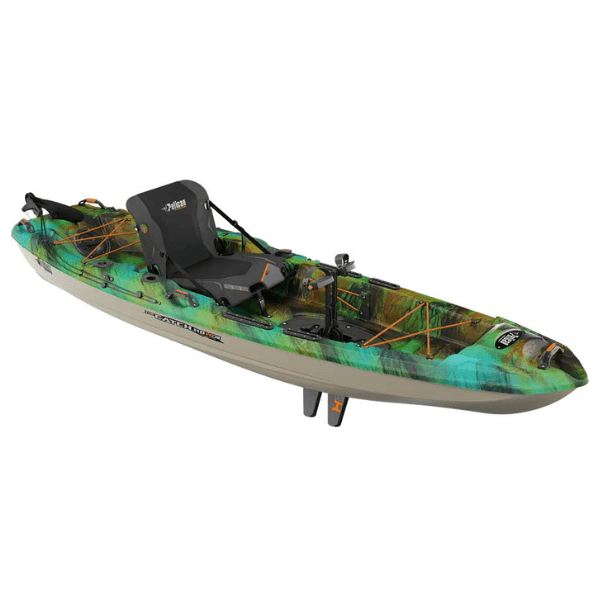PRODUCT LIST
- Stabilized Chlorinating Tablets (3" Size) - Slow dissolving, 89% available chlorine for use in floaters, chlorinators, or skimmers
- Stabilized Chlorinating Tablets (1" Size) - Slow dissolving, 89% available chlorine, ½ oz. tablets, for use in floaters or chlorinators.
- Stabilized Chlorinating Stick (2" Diameter) - Slow dissolving, 89% available chlorine, 8 oz. stick, for use in floaters, chlorinators, or skimmers.
- Stabilized Chlorinating Granules - Fast dissolving, 62% available chlorine granules, 100% soluble, for hand feeding.
- Stabilizer - Slow dissolving, 100% active granules, to prevent sunlight from lowering available chlorine in pool water.
- pH Increaser - Fast dissolving, 100% active, to raise pH.
- pH Decreaser - Fast dissolving, 95% active, to lower pH.
- Total Alkalinity Increaser - Fast Dissolving, 100% active, to raise and stabilize pH.
- Calcium Hardness Increaser - Fast dissolving, 100% active, to raise and balance calcium levels.
- Shock Treatments - Fast dissolving granules, to oxidize contaminants that build up during the year. Check with your dealer or serviceman for details.
- Algaecides - A variety of maximum strength algaecides, to prevent and kill a broad range of algae. Check with your dealer or serviceman for details
WATER BALANCE
Your pool is designed to hold the same water for many years. You filter it and chemically treat it over and over again. During this period of time the water can drift out of balance and cause corrosion, scaling or even stains to appear. You can easily prevent these problems by paying attention to the basics of water balance. A good quality test kit will measure the key components of water balance-pH, Total Alkalinity, and Acid or Alkali Demand. Use your kit often until you become familiar with you pool and supplement your tests on occasions to verify your readings and spot trends that could lead to potential problems.
-
TOTAL ALKALINITY - Total Alkalinity measures the level of certain minerals that help control the pH of your water. The proper range of Total Alkalinity is between 80-150 ppm (parts per million). Low Total Alkalinity allows the pH to fluctuate or "bounce" in either direction and can make it difficult for you to keep the pH stable. For the reason another name for Total Alkalinity is "pH Stabilizer". Raise Total Alkalinity by using Total Alkalinity Increaser according to label directions. High Total Alkalinity locks in the pH, but usually at pH levels about 7.8. This condition needs to be corrected with pH Decreser or muriatic acid. Vinyl, painted and fiberglass pools usually require somewhat higher Total Alkalinity levels than plaster pools and you should consult you professional pool store or serviceman for more details.
-
HARDNESS - Hardness measure the level of calcium and magnesium minerals present in your pool water. These minerals exist naturally in all water but the levels vary greatly from one part of the county to another. "Soft water" typically contains 50 ppm Hardness or less while "hard water" may contain 300 ppm Hardness or more. The proper range for plaster pools is 175-300ppm Hardness and for vinyl, painted or fiberglass pools the proper range is 125-250 ppm Hardness. Pool water low in hardness causes etching of plaster and corrosion of pool surfaces. Raise Hardness by assign Calcium Hardness Increaser according to label direction. Pool water high in Hardness causes cloudiness and scaling to occur. Control these symptoms by using Scale Or Stain Remover according to label directions or drain a portion of the water and refill with water low in Hardness to dilute the mineral level.
-
MINERAL CONTROL - Mineral Control is an important concern for pool owners who use well water or for pools that contain copper plumbing such as heaters. Both conditions can yield trace levels of iron, copper or even manganese that can cause water discoloration and staining. Such discoloration can appear green, blue, brown or even black in color. This is caused by the reaction between you sanitizer and the particular trace minerals in your pool water, you can prevent the problem by having your pool water professionally tested for these minerals when your pool is being filled or at any time during the season. If staining minerals are present apply Scale or Stain Remover as soon as possibly according to label directions. Re-apply the treatment if necessary and consult with you professional pool dealer or serviceman for more information.
-
STABILIZER - Stabilizer refers to "chemical stabilization", the final part of pool water balance. This is a chemical that prevents the ultra-violet rays (UV) of sunlight from prematurely breaking down your sanitizer levels so that it can do it's job sanitizing the pool water. Chlorine Stabilizer will reduce sanitizer consumption by up to 50% and need only be added once for the entire life of the pool water. Apply Chlorine Stabilizer according to the label directions and do not backwash for at least 24 hours.
SANITIZERS
Now that your pool water is balanced and stabilized, it's time to sanitize it with chlorine. There are many types of chlorine and your professional pool dealer or serviceman will explain them to you. The most economical and convenient choice is Stabilized Chlorinating Tablets of Sticks. This type of chlorine is applied weekly and is not affected by sunlight like HTH or liquid chlorine. You can dispense Tablets or Sticks by placing them in a chlorinator, a floating feeder, or a skimmer basket. Again, your dealer or serviceman will guide you to the approach that is best for you pool.
The EPA (Environmental Protection Agency) has determined that you must maintain a level of 1.0-1.5 ppm of available chlorine at all times to continuously kill bacteria, algae and other micro-organisms that try to inhabit you pool. By using slow dissolving Tablets or Sticks you will be able to give your pool 24 hour protection. During pool startup you may need extra doses of chlorine in order to satisfy the intial demand of the water. This demand could include contaminants such as organics and debris that build up before you started using chlorine. Use your test kit ofter to check you chlorine level and adjust your chlorinator or floater as needed to increase or decrease the flow.
A few important factors affect the amount of Tablets or Sticks that you will consume. They are: Temperature, Bathing Load, Rainfall and pH. The warmer the pool water the greater the use of Tablets of Sticks. In fact, pool water at 80-85 degrees F will require twice the chlorine of pool water at 60-65 degrees F! The greater the bathing load, the greater the use of Tablets or Sticks. Heavily used pools increase the load of contaminants such as perspiration, mucous and tanning lotions, all of which consumers chlorine. The greater the rainfall, the greater the use of Tablets or Sticks. Rain washes air born contaminants such as pollen and algae spores into the pool and tends to lower the pH of the water by contributing "acid rain", a chemical reaction between rain and air pollution. Finally, low pH causes chlorine to be "overactive" and dissipate too quickly. Proper control of Total Alkalinity will prevent low pH and save on chemical costs.
If you prefer to sanitize your pool water by hand, Stabilized Chlorinating Granules is the proper choice. These granules are rapidly and completely soluble in all water temperature and provide the same 24 hour protection that you get from Tablets or Sticks.
SHOCK TREATMENTS
Various contaminants such as swimmer waste, lotions and oils can resist normal chlorination and start to build up in the pool water. This build up usually occurs during hot weather and periods of heavy bathing when you filter is already working overtime. A weekly Shock treatment, when applied according to label directions, will oxidize or burn-up these contaminants. A Shock quickly raises the chlorine level to overcome the contaminants for a period of 12-24 hours. It is best to apply Shock in early evening so that it can work overnight and be burned down to normal levels the next day. Be sure to continue to run you filter during this period of time.
ALGAECIDES
Algaecides are excellent treatments to prevent or kill algae growth when used with chlorine. As a preventative, algaecides act as an insurance policy in you pool, killing algae spores as they enter the water. Algae spores are constantly entering your pool from rain, wind and dust storms and they multiply rapidly in sunlight and warm water. Routine chlorination cannot, at times, cope with the rapid growth of an algae "bloom", the visible outburst of algae. These algae can appear green, brown, black, mustard or even pink in color.
By the time algae has bloomed there millions of algae cells in every gallon of water!
Your professional pool dealer or serviceman has a variety of algaecides for all kinds of algae and will recommend the best choice for wither prevention of killing needs.


